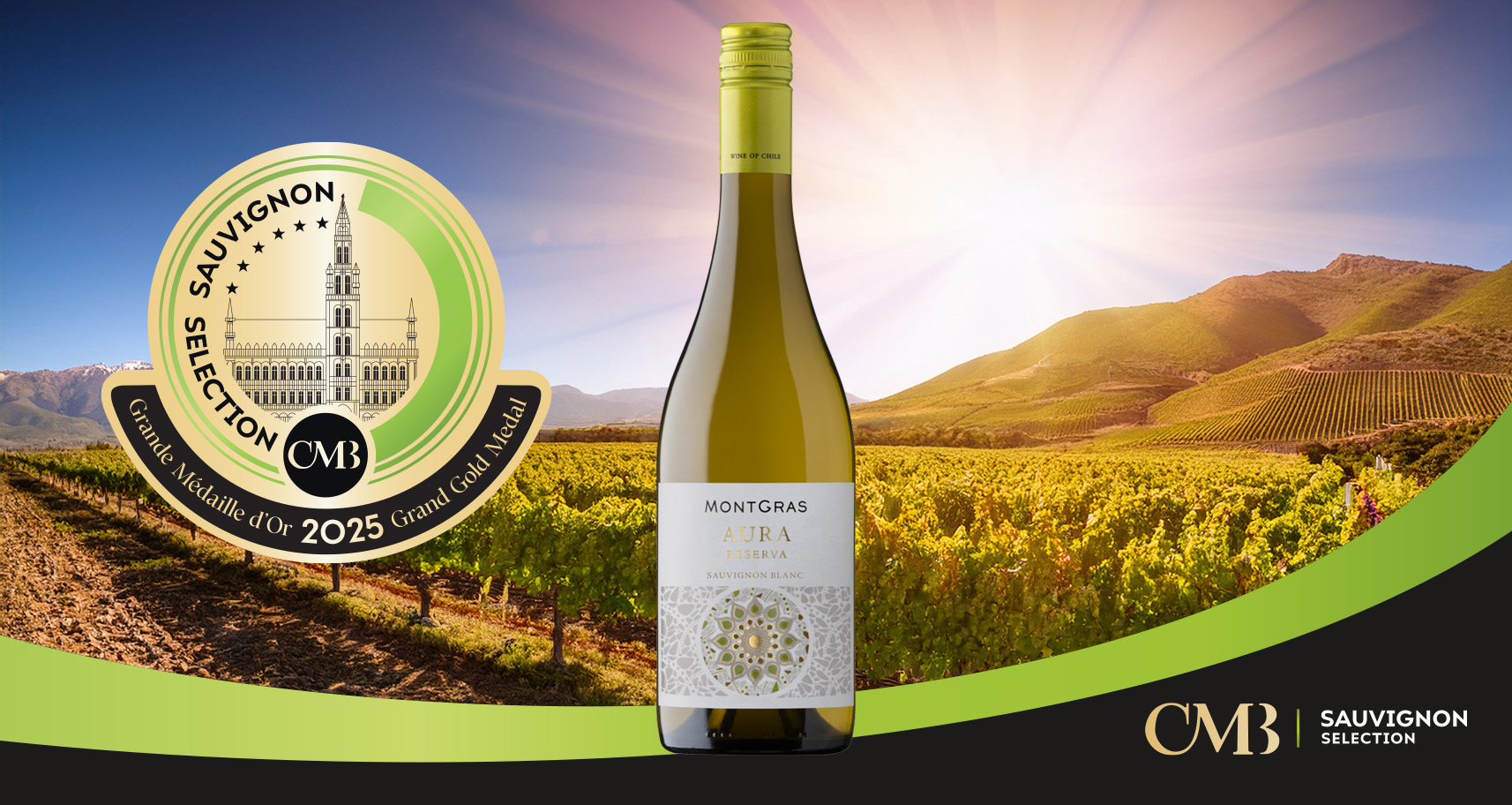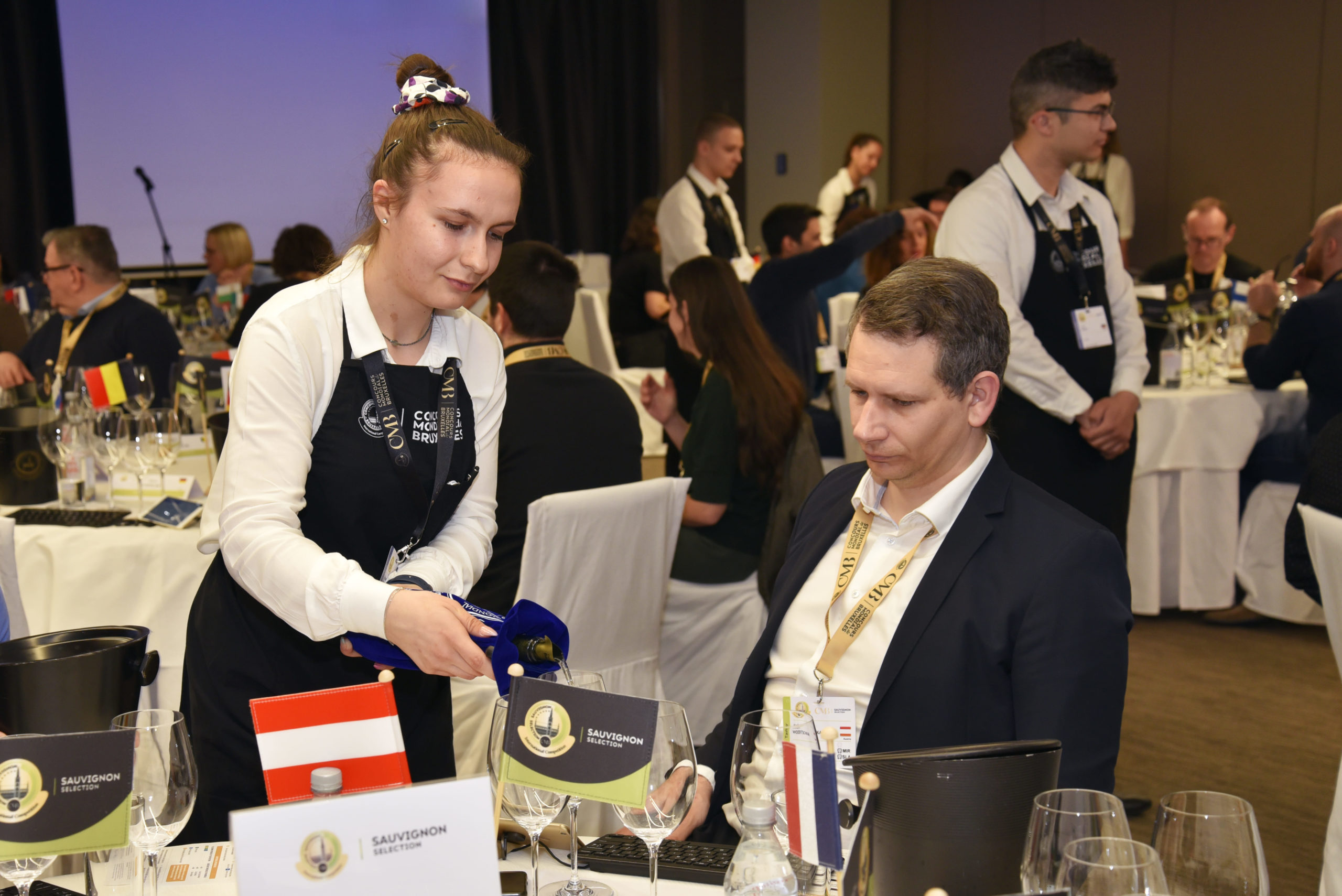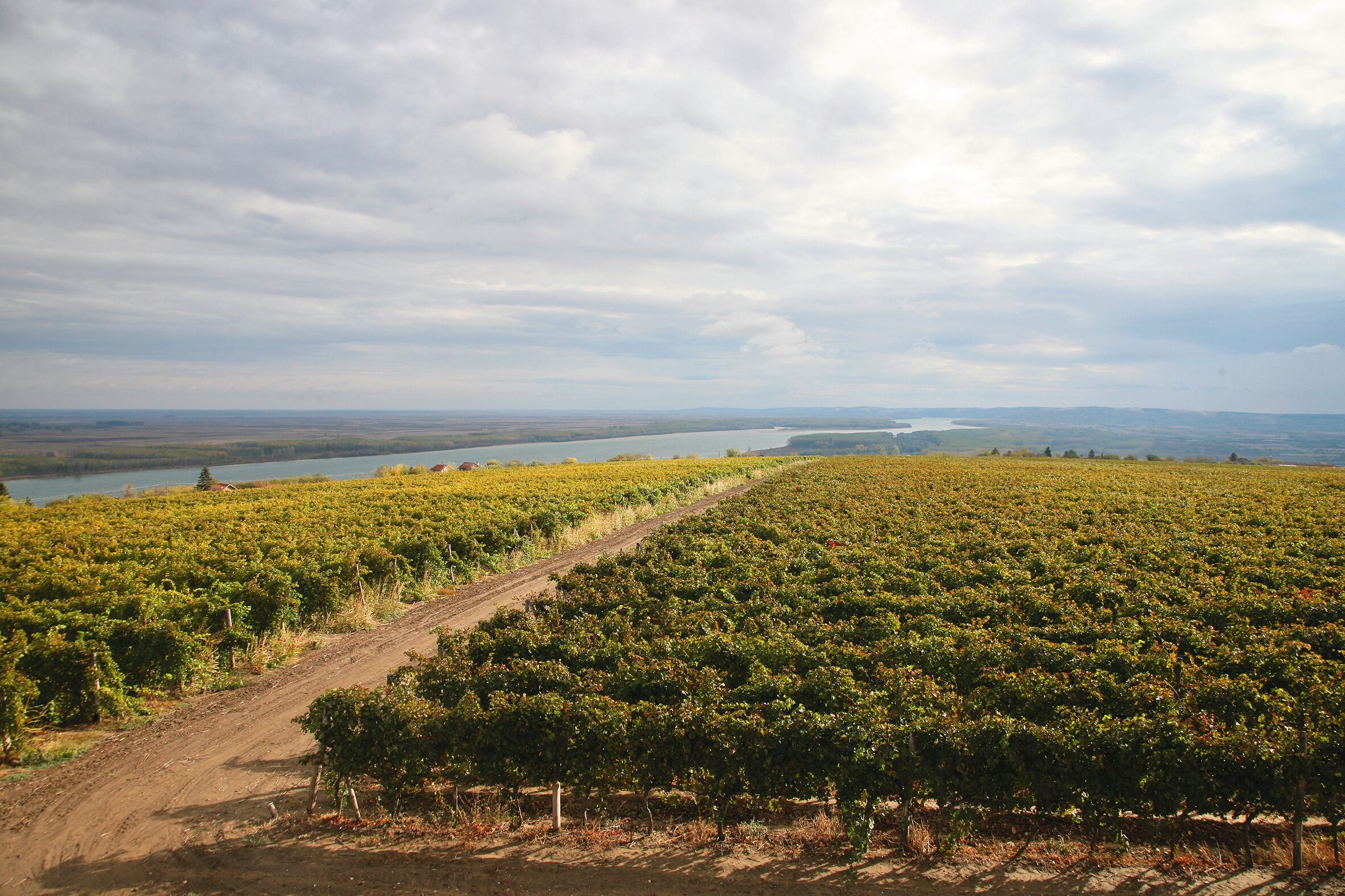Drilling down into Sauvignon from Styria and its multiple personas
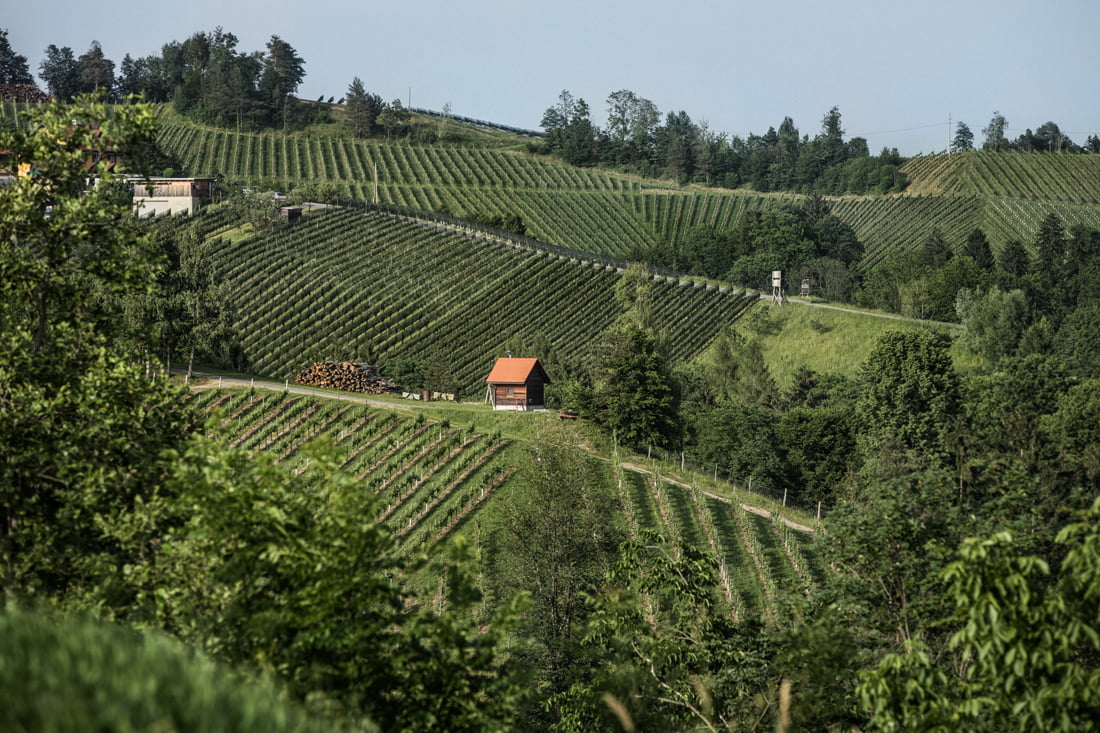
Styria is now firmly on the global wine map for its world-class Sauvignon blancs. But what exactly does that mean in terms of wine styles and aromatics? Spoiler – expect the unexpected
A region with such a vast range of vineyard sites – and everything this implies in terms of gradient, exposure, soil types and climate – inevitably produces wines that offer considerable stylistic variation. Whilst some consumers may view Sauvignon as linear or predictable, nothing could be further from the truth in this corner of South-Eastern Austria.
A mirror to its terroir
There are a number of reasons for this. Across Styria’s 900 or so hectares of Sauvignon vineyards, soil types vary significantly, as do weather patterns, aspect and incline, with some vines clinging to gradients of up to 80 or 90%. These steep slopes combine Mediterranean and Alpine influences and they experience significant diurnal shift, promoting lengthy hang-time for the fruit which in turn enhances aromatics. Leveraging the natural potential of their vineyard sites, winegrowers often look to promote site-expressiveness in their wines and Sauvignon is renowned for its ability to act as a mirror to its terroir. It is often described as a ‘chameleon’, such is the ease with which it can adapt to specific sites and winemaking techniques. This is where the structure of the Styrian wine industry comes into play – the often small, family-run farms offer endless variation in their choice of winemaking practices, and their intricate knowledge of vineyard sites allows them to hone those choices to suit specific blocks. The decision to use stainless steel or wood, large or small casks, malolactic fermentation or not, skin contact, ageing on the lees and native yeast, all leave their mark on the resultant wines.
Using the DAC system as a gateway
But with such an unlimited range of possibilities in terms of style, how can consumers identify the wines that offer the best fit for their palates? Perhaps one way of accessing Styrian Sauvignon is through the DAC system. For the regional Gebietsweine-ranked wines, producers tend to use stainless steel tanks, thereby preserving primary fruit aromas of gooseberry, peppers, grapefruit, blackcurrants and tropical fruits along with grassy elements and notes of nettles. A step up, to the Ortsweine or village-designated level, alongside stainless steel tanks, there can be large wooden casks, or occasionally malolactic fermentation. Here, aromas can range from vegetal notes to gooseberry, tropical yellow fruits such as pineapple, mango, passion fruit and grapefruit coupled with Mediterranean herbs and spices.
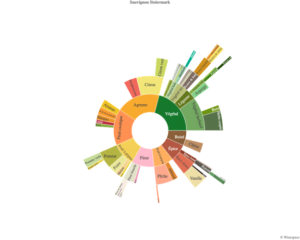
Age-worthy Sauvignons
And at the top tier, DAC Riedenweine or single-vineyard offerings, aromatics include notes of cedar, olives, peaches, spicy herbs and tropical fruits that meld with structure-enhancing tannins or salty nuances. At this end of the spectrum, given the diminutive vineyard areas, terroir-driven characters tend to be more forward. The wines show pedigree, volume, density, complexity and minerality, with attractively balanced spicy acidity and rich alcohol. Some producers opt for malolactic fermentation, softening acidity and lending greater roundness to the wines, which predictably also offer ageability and aromatics that evolve with time. In fact, the longevity of Sauvignon from Styria is one of the defining features that sets it apart from many of the varietal’s iterations around the world.
Another aspect that factors into the equation is the choice of wine styles – these can range from bone dry through to lusciously sweet, where notes of peach, apricot, gooseberry jam or green tea nuances, among others, can show through. Styria’s location, with its altitude and cool temperatures, balances the high residual sugar levels in its sweet bottlings – labelled Beerenauslese or Trockenbeerenauslese for example – by imparting vibrant acidity and a tangy finish to the wines, enhancing palatability.
A shower of accolades
The sum of all these unique features combines to produce a multi-faceted array of wines that judges at Sauvignon Selection by CMB (formerly Concours Mondial du Sauvignon) have been quick to recognise. In 2023, of the 354 Styrian Sauvignons entered in the competition, nearly half (42%) came away with medals. Characters that most impressed the judges were the wines’ great freshness, acidity and balance, but also their fullness, roundness and suppleness on the palate along with their elegance. As a marker of how Styria’s bottlings can differ in comparison with the varietal’s classic styles under other climes, judges also pointed to the wines’ length and the quality of the finish.
Just as other Sauvignon producer regions around the world are exploring ways of broadening the varietal’s aromatic spectrum, Styria too is proving that what was once considered to be an easy and early-drinking, one-dimensional grape variety actually has multiple personas.
